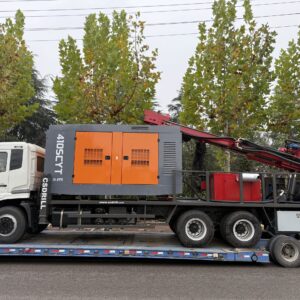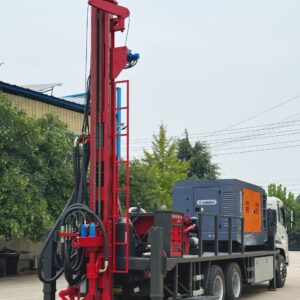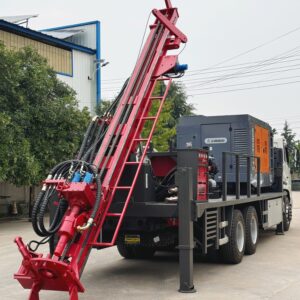In drilling operations, drilling tools are the core equipment that directly interacts with geological environments. Maintaining these tools in optimal condition not only extends their service life but also enhances work efficiency, reduces equipment failures, and minimizes downtime. This article provides a comprehensive guide on the daily maintenance and care of drilling tools to help you manage and utilize your drilling equipment effectively.
1. The Importance of Drilling Tool Maintenance
Drilling tools operate under intense conditions and are prone to wear and damage. Failure to maintain them properly can lead to the following issues:
- Reduced Drilling Efficiency: Worn drill bits decrease penetration rates and increase operation time.
- Equipment Damage: Neglecting maintenance can cause damage to the drilling rig itself.
- Safety Risks: Excessive wear or tool breakage may lead to safety hazards, posing risks to personnel.
- Increased Costs: Frequent tool replacements and downtime due to malfunction can significantly raise operational costs.
2. Daily Maintenance and Care Methods
(1) Pre-Use Inspection
- Visual Check: Inspect drill bits and drill rods for cracks, deformation, or unusual wear.
- Connection Points: Ensure drill tool threads are clean and undamaged to prevent loosening or thread stripping.
- Lubrication: Apply lubricant to threads and moving parts to reduce wear and ensure smooth connections.
(2) During Operation
- Proper Operation: Select appropriate drilling tools based on geological conditions to prevent abnormal wear.
- Control Drilling Pressure and Speed: Adjust pressure and rotational speed to avoid overloading or overheating the tools.
- Regular Checks: During prolonged operations, periodically stop to inspect tool conditions and remove debris or foreign objects.
(3) Post-Use Maintenance
- Cleaning and Protection: Thoroughly clean the drill tools to remove debris and mud that may cause corrosion.
- Rust Prevention: Apply anti-rust spray or protective oil, especially when storing tools in humid environments.
- Organized Storage: Store tools by type and specification to prevent damage caused by mixing and collisions.
3. How to Determine When to Replace Drilling Tools
The following signs indicate that drilling tools have reached their operational limits and should be replaced promptly:
- Severe Drill Bit Wear: Blunted or broken teeth and insufficient tooth length reduce drilling efficiency.
- Thread Damage: Worn or deformed threads prevent secure connections with the drilling rig.
- Bent or Cracked Drill Rods: Bent or cracked rods compromise strength and pose a safety hazard.
- Unusual Vibrations or Noise: Abnormal vibrations or noises during operation indicate potential tool failure.
4. Why Our Drilling Tools Are Your Best Choice
As a professional drilling tool manufacturer, we ensure our products are durable and efficient through rigorous quality testing. Our advantages include:
- High-Wear-Resistant Materials: We use premium alloy steel that is resistant to wear and impact, suitable for various complex geological conditions.
- Precision Manufacturing: Every tool is precisely crafted to ensure accurate thread compatibility and secure connections.
- Technical Support: We offer comprehensive technical consultation and after-sales service to help customers resolve any operational issues.
5. Conclusion
Daily maintenance and care of drilling tools are crucial to enhancing work efficiency and extending equipment lifespan. By following the maintenance methods outlined above, performing regular inspections, and replacing worn parts promptly, you can reduce operating costs and ensure job site safety.





